

Reducing the threat of Avian Malaria
Avian malaria is a newly recognised threat to the famous finches, penguins and mockingbirds of Galapagos.
When you think of the wildlife that lives in the Galapagos Islands, what do you think of first? Finches? Penguins? Mockingbirds? Mosquitoes?
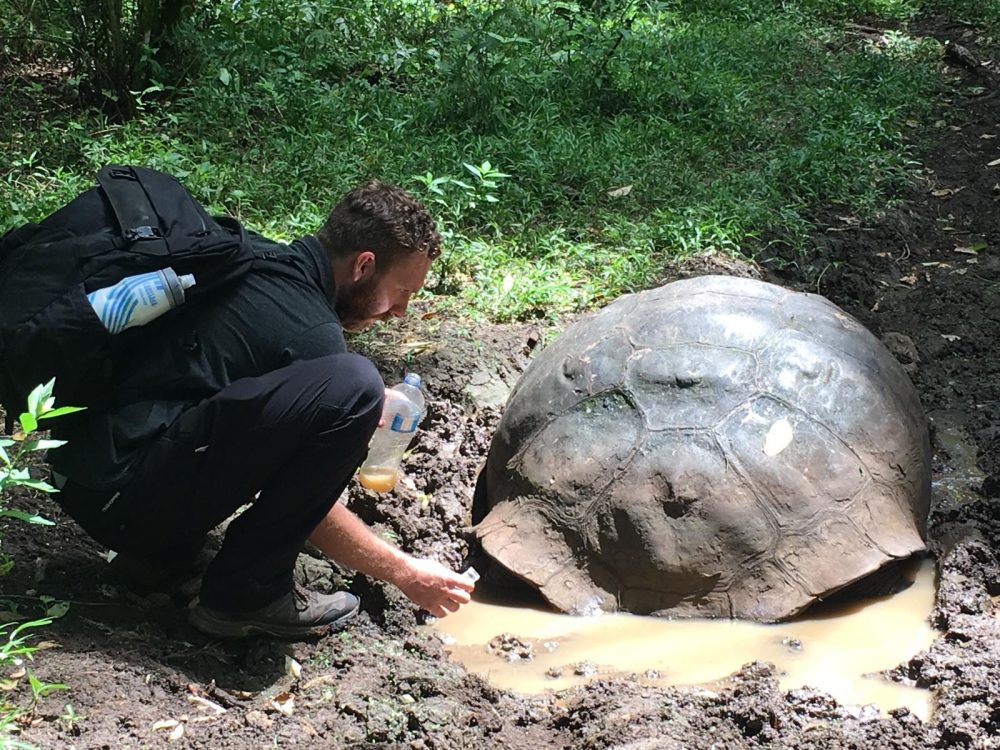
Yes, that does say mosquitoes. Now, most people who are lucky enough to visit the Galapagos Islands don’t go there for the mosquitoes but understanding these blood-sucking insects is essential to help combat a newly recognised threat to those famous finches, penguins and mockingbirds – avian malaria.
Avian malaria is a disease in birds that is caused by a similar group of parasites to those that cause malaria in humans, and like in humans, these parasites are transmitted by mosquitoes. Whilst these avian Plasmodium parasites cannot impact human health, they can be devastating to bird communities.
This is especially the case for species that have evolved without being infected by the parasite, such as those that are endemic to oceanic archipelagos. At least nine species of endemic birds went extinct in Hawaii in the early 20th century after avian Plasmodium parasites and mosquitoes that transmit them were accidentally introduced to the Islands. Almost 100 years after the initial outbreak, avian malaria continues to impact and limit the Hawaiian bird community to the present day.
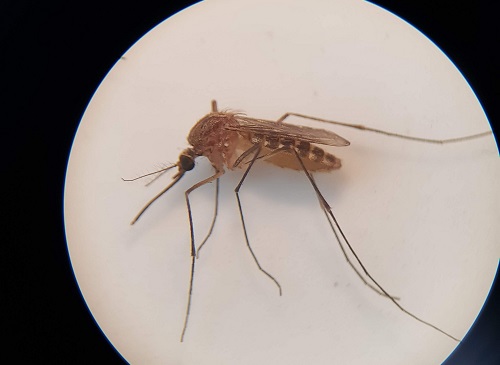
It is for this reason that conservationists around the world were alarmed by the discovery of the avian Plasmodium parasite in Galapagos in 2003. Previous studies had failed to find the parasite in endemic birds, but a study by Iris Levin and colleagues found that 5% of the Galapagos penguins tested positive for infection with the parasite. Further work across the Islands subsequently identified avian Plasmodium infection in the small ground finch, the medium ground finch and the yellow warbler. Whilst there are no signs that the infection is yet causing the disease and population declines as seen in Hawaii almost a century before, these findings are nonetheless concerning.
Needing to understand more about the current situation of avian Plasmodium transmission in Galapagos, and to take measures to prevent a catastrophic outbreak similar to Hawaii, our attention turned to the mosquitoes. In Galapagos, there are two mosquito species that are known to feed on birds – a native species, Aedes taeniorhynchus, that has been in the islands for over 200,000 years, and an invasive species, Culex quinquefasciatus, that was accidentally introduced by humans in 1985 and has subsequently spread across the Archipelago. In another aspect that is eerily reminiscent of the situation in Hawaii, Culex quinquefasciatus was also accidentally introduced to Hawaii in 1826 and is the mosquito species responsible for transmitting most of the avian malaria there.
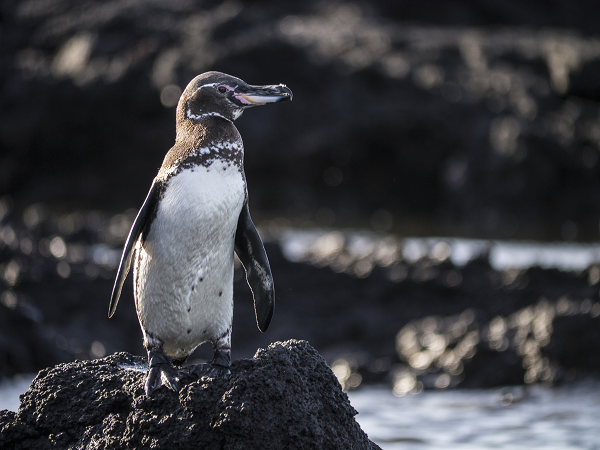
So, what can be done about this? Are the Galapagos birds doomed to extinction because of this new threat, or is there still hope for these iconic species?
Absolutely there is hope. By identifying this potential threat, we can begin to understand just how much of a risk avian malaria could pose to Galapagos birds and act accordingly. Groups of conservationists from around the world, along with staff from the Galapagos Biosecurity Agency, the Galapagos National Park and the Charles Darwin Foundation, are working together on a number of projects to understand and combat the threat of avian malaria in the Islands.
One of these projects forms the research for my PhD thesis. For this project, we are focusing on the two bird-biting mosquito species in the Islands. In one study, we are trying to map the distributions of the native and introduced mosquitoes and identify how the different environments across the Islands impact their populations. This information is key to helping us understand those bird species at highest risk of being infected with Plasmodium, as areas with high numbers of potential vectors are more likely to have higher rates of parasite transmission. We do this by setting mosquito traps at locations across Santa Cruz and Isabela, and counting the numbers of each species that we catch each night.
So far, our record is over 650 individual mosquitoes caught in a single trap over the course of one night! We return to these same sites at various times of year allowing us to observe changes to the mosquito populations over time and space and to see how they are impacted by different weather patterns and seasons.
We also use several types of DNA testing on the mosquitoes, screening them for the avian malaria parasite and identifying the source of blood in any recently fed mosquitoes. Using molecular techniques provides us with key information to increase our understanding of which host species the mosquitoes prefer to feed on, how these preferences may change across different habitats and what the current state of avian Plasmodium infection is in the wild.
Our project is still ongoing and will continue for another year. By working so closely with key government agencies, our results are quickly reported back to the policymakers in Galapagos. Once we have enough information, conservation action plans can be developed to protect the incredible birds of the Enchanted Isles against the threat of avian malaria and other vector- borne diseases. The Galapagos Islands are home to a wonderful range of species found nowhere else in the world – and we are part of a large community working hard to maintain and conserve that biodiversity.
This blog has been adapted from an article written for our 2019 Autumn Winter biannual members magazine, Galapagos Matters.
If you’d like to become a member of Galapagos Conservation Trust from as little as £3 per month, head to our Membership page.
Related articles

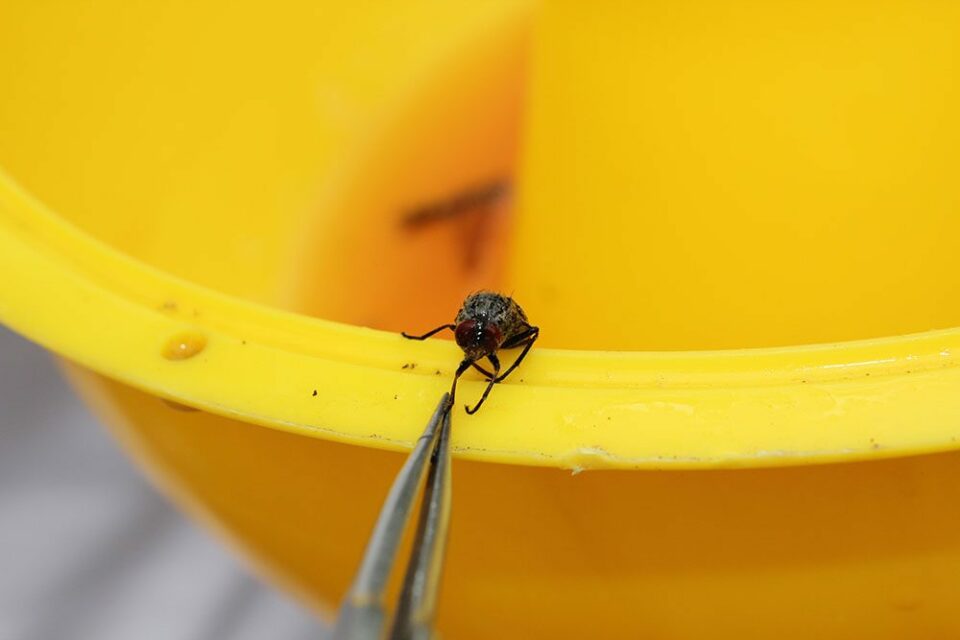
How do we solve the problem of invasive species in Galapagos?
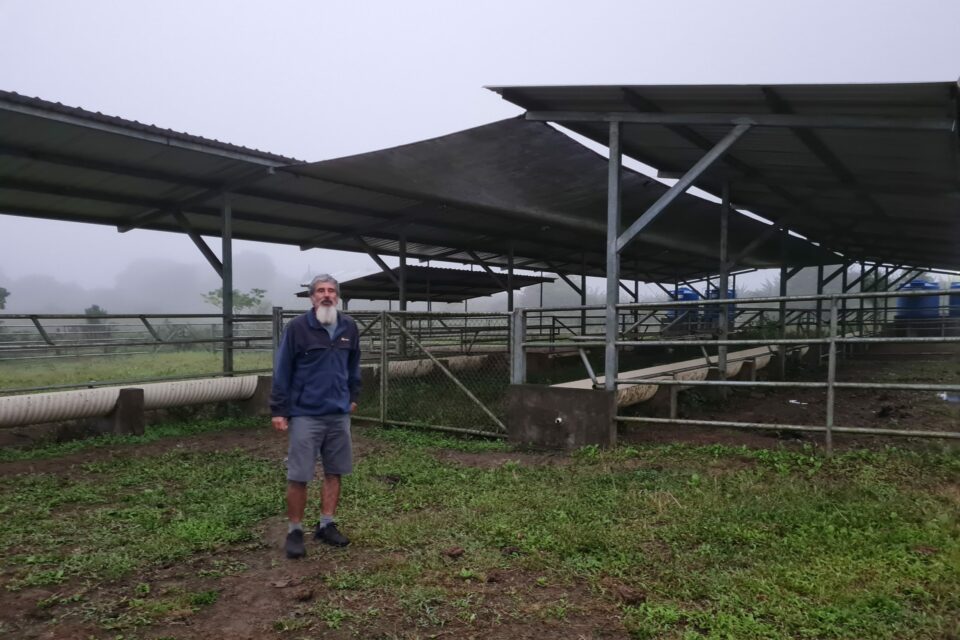
Restoring Floreana: A local perspective


